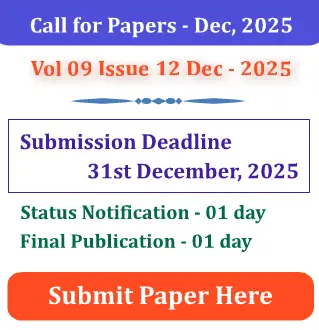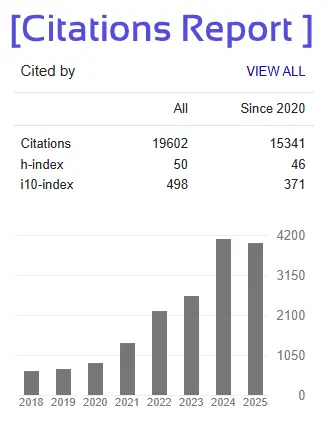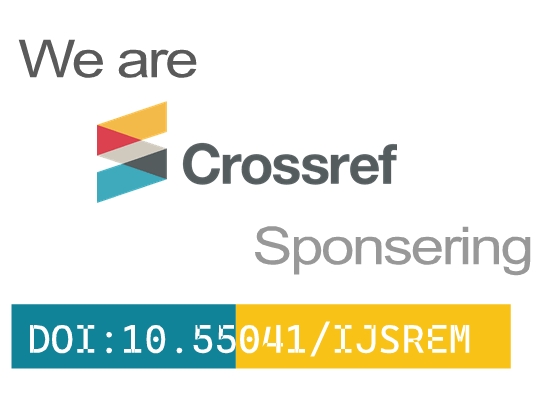- Version
- Download 31
- File Size 447.87 KB
- File Count 1
- Create Date 19/09/2025
- Last Updated 19/09/2025
Epidemiological Trends and Serotype Dynamics of Dengue in Dhaka, Bangladesh: An Analysis of Expansion, Hyperendemicity and Public Health Perspective (2016 – September 15, 2025)
Shila Debnath1, Al Amin2, Rasel Hossain Biswas3, Shimul Ahamed4, Uday Kanti Das5, Monir Hossain6, Kallol Debnath7*
1 Department of English, Faculty of Arts, University of Development Alternative (UODA), Dhaka-1209, Bangladesh
2,7 Department of Pharmacy, Faculty of Life Sciences, University of Development Alternative (UODA), Dhaka-1209, Bangladesh
3 Department of Pharmacy, School of Science, Engineering and Technology, Manarat International University, Dhaka-1340, Bangladesh
4 Department of Pharmacy, Faculty of Health and Life Sciences, Daffodil International University, Dhaka-1216, Bangladesh
5 Department of Pharmacy, Faculty of Medical & Allied Health Sciences, Brainware University, Kolkata, West Bengal-700125, India
6 Department of Pharmacy, Faculty of Science, Stamford University Bangladesh, Dhaka-1217, Bangladesh
ORCID iD: 1 0009-0007-0482-0283, 2 0009-0005-7272-2234, 3 0009-0001-6097-4873, 4 0009-0001-9474-497X, 7 0000-0003-0429-829X
*Corresponding Author: Professor Dr. Kallol Debnath, Department of Pharmacy, Faculty of Life Sciences,
University of Development Alternative (UODA), Dhaka-1209, Bangladesh, kalloldebnath@pharmacy.uoda.edu.bd
ORIGINAL ARTICLE
Abstract
Bangladesh's population is approximately 175.7 million in mid-2025 (UNFPA). Capital city Dhaka is projected to be one of the world's most densely populated urban agglomerations, with an urban population of nearly 24.7 million (World Population Review). This city has faced recurrent dengue epidemics since 2016, including an unprecedented nationwide outbreak in 2019, followed by a major resurgence in 2023.
This paper summarizes the epidemiology of dengue fever in Dhaka from 2016 to September 15, 2025, characterizing shifts in serotypes and genotypes prevalence and discussing implications for public health policy and clinical practices. Surveillance data indicate a transition from the pre-2016 predominance of DENV-1 and DENV-2 to a period of co-circulation in 2018. This was followed by a marked surge of DENV-3 in 2019, primarily driven by Genotype I, with Genotype III also detected. The dominance of DENV-3 was maintained through 2025.
Although outbreak initiation was seasonal- coinciding with pre-monsoon and monsoon periods- their ultimate scale was dictated by the urban landscape, patterns of human movement, and levels of population immunity. Bangladesh grapples with outbreak management challenges due to its tropical climate, fostering year-round mosquito breeding, particularly in densely populated areas like Dhaka. Consequently, a shift in public health strategy is warranted. This necessitates earlier, evidence-based vector control; enhanced surveillance that integrates serotyping and genotyping; risk models informed by serostatus; and targeted, community-driven interventions to eliminate the key containers facilitating the majority of vector propagation.
Keywords: Dengue, Hyperendemicity, Megacity dynamics, Serotype shifts, Climatic forcing, Demovulnerability, Vector control, Bangladesh.







